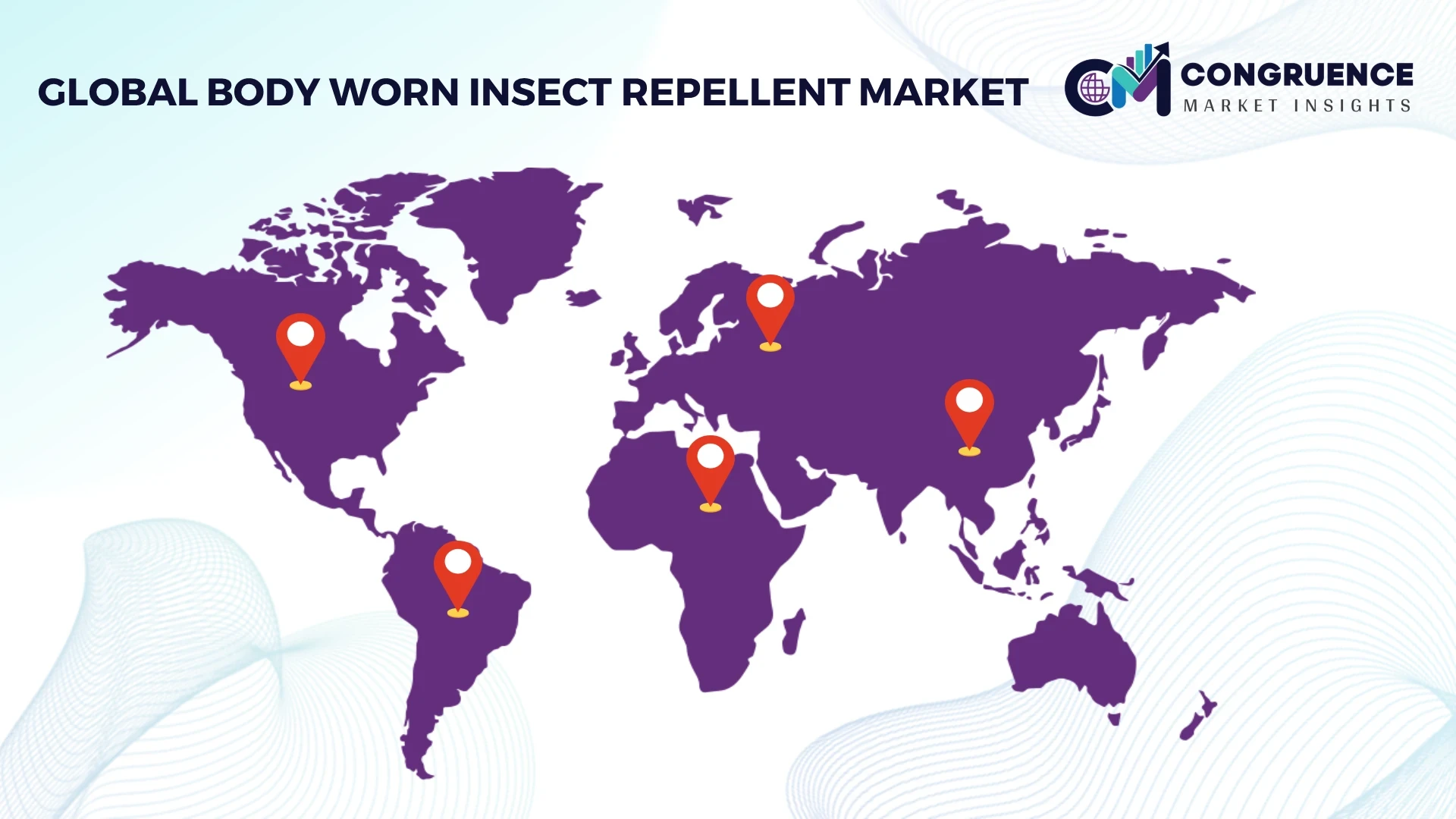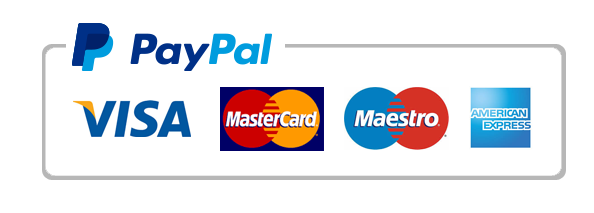Reports
The global Body Worn Insect Repellent market is poised for significant growth, projected to expand from USD 532.6 million in 2024 to USD 1,083.8 million by 2032, reflecting a CAGR of 9.4% between 2025 and 2032. This growth is primarily driven by increasing awareness of vector-borne diseases such as malaria, dengue, and Lyme disease, particularly in tropical and sub-tropical regions. Consumers are actively seeking safer, long-lasting, and skin-friendly insect repellent solutions, boosting the demand for wearable repellents in the form of sprays, lotions, patches, and oils. Rising outdoor recreational activities and expanding military operations also contribute to the market's upward trajectory. North America dominates the global landscape with a 39.1% market share in 2024, valued at USD 208.2 million, while Asia Pacific is emerging as the fastest-growing region, driven by increasing health consciousness and regional product innovations. The market is witnessing a surge in natural ingredient-based repellents due to growing preference for eco-friendly and chemical-free alternatives.

Body Worn Insect Repellents are products designed to prevent insect bites by creating a barrier between the skin and pests such as mosquitoes, ticks, and flies. These repellents are commonly available in various formats such as lotions, creams, sprays, patches, and wearable devices, and are applied directly onto the skin or clothing. The global surge in mosquito-borne illnesses and vector-borne diseases has made personal protection a public health priority, increasing the adoption of such products worldwide. While traditional repellents contain DEET and other synthetic ingredients, consumer inclination toward organic, herbal, and skin-sensitive formulations is reshaping the market. Innovation in packaging, ease of application, and improved efficacy are key differentiators in this competitive space. Moreover, Body Worn Insect Repellents are widely used not only for household protection but also in commercial and military applications where long-term protection is vital. With rising outdoor activities and urbanization, the market is expected to witness continued growth.
How AI is Transforming Body Worn Insect Repellent Market
Artificial Intelligence (AI) is playing a transformative role in optimizing the Body Worn Insect Repellent market. AI-driven research and development platforms are accelerating formulation processes by predicting the most effective combination of active ingredients, skin compatibility, and duration of efficacy. Through machine learning algorithms, companies can now assess consumer preferences and skin sensitivity data to create customized repellent solutions. AI is also being utilized to analyze regional epidemiological patterns, enabling predictive insights into outbreak zones, thereby allowing proactive marketing and distribution of repellents. Moreover, AI enhances manufacturing efficiency by monitoring production lines for quality assurance, reducing human error, and minimizing product recalls. Smart wearable repellents, integrated with IoT and AI, are being designed to release repellent compounds based on environmental cues such as temperature, humidity, and mosquito activity. This blend of technology and health protection not only boosts product performance but also fosters consumer trust, giving companies a competitive edge in this evolving market.
Body Worn Insect Repellent Market Major Driving Forces
Increasing Incidence of Vector-Borne Diseases: The rise in diseases like malaria, dengue, and Zika is pushing consumers and governments toward proactive personal protection measures, driving Body Worn Insect Repellent demand.
Consumer Preference for Natural Products: Growing concerns over chemical exposure have led to a shift toward DEET-free, natural, and organic repellent formulations, enhancing market growth.
Outdoor Recreational Trends: A surge in camping, hiking, and other outdoor activities in post-pandemic times has led to increased consumer need for portable and wearable insect protection.
Expanding Military and Industrial Use: Defense and industrial sectors, especially in endemic regions, are adopting high-performance repellents to protect personnel, expanding market reach.
Body Worn Insect Repellent Market Key Opportunities
Untapped Rural Markets: Large rural populations in developing countries are under-served in terms of repellent access, providing vast growth potential for manufacturers.
Innovations in Wearable Formats: Patches, wristbands, and clip-ons infused with long-lasting repellent formulas are gaining traction among consumers seeking convenience.
Rise of E-commerce and Direct-to-Consumer Channels: Online platforms are becoming pivotal for reaching tech-savvy and health-conscious buyers looking for specialized repellent products.
Partnerships with Public Health Organizations: Collaborations for community-based insect control programs can offer companies a strategic entry point into emerging markets.
Body Worn Insect Repellent Market Key Trends
Eco-Friendly Packaging Solutions: Companies are increasingly using biodegradable, recyclable materials, aligning with consumer sustainability goals.
Integration of Smart Technology: Wearable insect repellent devices with built-in sensors and AI features are being introduced to enhance protection in real-time.
Increased Focus on Baby and Sensitive Skin Products: Specialized formulations for infants and sensitive skin users are becoming a distinct category in the market.
Rise of Subscription-Based Models: Consumers are subscribing to monthly refills of body-worn repellents, indicating a trend toward convenience and brand loyalty.
Region-wise Market Insights
North America currently leads the Body Worn Insect Repellent market, accounting for 39.1% of the global share in 2024, largely due to high awareness levels, advanced retail infrastructure, and the presence of leading market players. The U.S. drives regional demand with strong emphasis on personal health and frequent outdoor recreational activities.

In contrast, Asia Pacific is emerging as the fastest-growing market, registering a CAGR of 9.8%, fueled by increasing consumer spending, urbanization, and government health initiatives in countries like India, China, and Indonesia. Europe follows closely, characterized by rising adoption of natural and organic repellents. Latin America and the Middle East & Africa are witnessing steady market penetration, especially through public health campaigns and increased availability of affordable repellent products. Overall, regional dynamics are influenced by climate, disease prevalence, consumer awareness, and economic development, making localization of product offerings a key strategy for global manufacturers.
Recent Market Developments
In 2024, SC Johnson launched a new plant-based body worn repellent range under its “OFF!” brand targeting family and child-safe usage.
Henkel AG announced plans to expand its insect repellent product line in Southeast Asia, focusing on organic formulations.
Quantum Health introduced wristband-based repellents integrated with natural oils and slow-release technology.
EPA (U.S.) approved new bio-based ingredients for body-worn repellents, opening opportunities for greener innovation in the sector.
Market Competition Overview
The Body Worn Insect Repellent market is moderately fragmented, with a mix of global giants and niche regional players competing on innovation, ingredient efficacy, and price. Leading companies are focused on product diversification, sustainability, and technology integration to strengthen their brand positioning. Mergers and acquisitions are prevalent, enabling market expansion and entry into untapped regions. Companies are also investing heavily in marketing campaigns to raise awareness of personal protection products. Partnerships with health organizations and governments to supply repellents in disease-prone zones are also common. Moreover, brands are introducing child-specific and hypoallergenic variants to cater to emerging demographic needs. The online retail boom has further intensified competition, pushing companies to optimize their digital presence and customer engagement. Continuous R&D in natural formulations, smart wearable technology, and long-lasting effects remains the key to gaining competitive advantage.
Major Global Companies in Body Worn Insect Repellent Market
SC Johnson & Son, Inc.
Reckitt Benckiser Group plc
Spectrum Brands Holdings, Inc.
3M Company
Johnson & Johnson Services, Inc.
Sawyer Products, Inc.
Quantum Health
Avon Products, Inc.
Godrej Consumer Products Limited
Coghlan’s Ltd.
Dabur India Ltd.
Enesis Group
PIC Corporation
Thermacell Repellents, Inc.
| Report Attribute/Metric | Details |
|---|---|
| Market Revenue in 2024 | USD 532.6 Million |
| Market Revenue in 2032 | USD 1,083.8 Million |
| CAGR (2025 – 2032) | 9.4% |
| Base Year | 2024 |
| Forecast Period | 2025 – 2032 |
| Historical Data | 2020 to 2024 |
| Forecast Unit | Value (US$ Mn) |
| Key Report Deliverable | Revenue Forecast, Growth Trends, Market Dynamics, Segmental Overview, Regional and Country-wise Analysis, Competition Landscape |
| Segments Covered | • By Type (Sprays, Lotions and Creams, Oils and Balms, Wipes, Patches) • By Application (Household, Commercial, Industrial, Outdoor Activities, Military) • By Ingredient (Natural, Synthetic) • By Distribution Channel (Online, Supermarkets/Hypermarkets, Pharmacies, Specialty Stores, Others) |
| Geographies Covered | North America: U.S., Canada and Mexico Europe: Germany, France, U.K., Italy, Spain, and Rest of Europe Asia Pacific: China, India, Japan, South Korea, Southeast Asia, and Rest of Asia Pacific South America: Brazil, Argentina, and Rest of Latin America Middle East & Africa: GCC Countries, South Africa, and Rest of Middle East & Africa |
| Key Players Analyzed | SC Johnson & Son, Reckitt Benckiser, 3M Company, Spectrum Brands, Quantum Health, Johnson & Johnson, Avon Products, Godrej Consumer Products, Dabur India, Sawyer Products, Coghlan’s Ltd., Thermacell Repellents, Enesis Group, PIC Corporation |
| Customization & Pricing | Available on Request (10% Customization is Free) |
